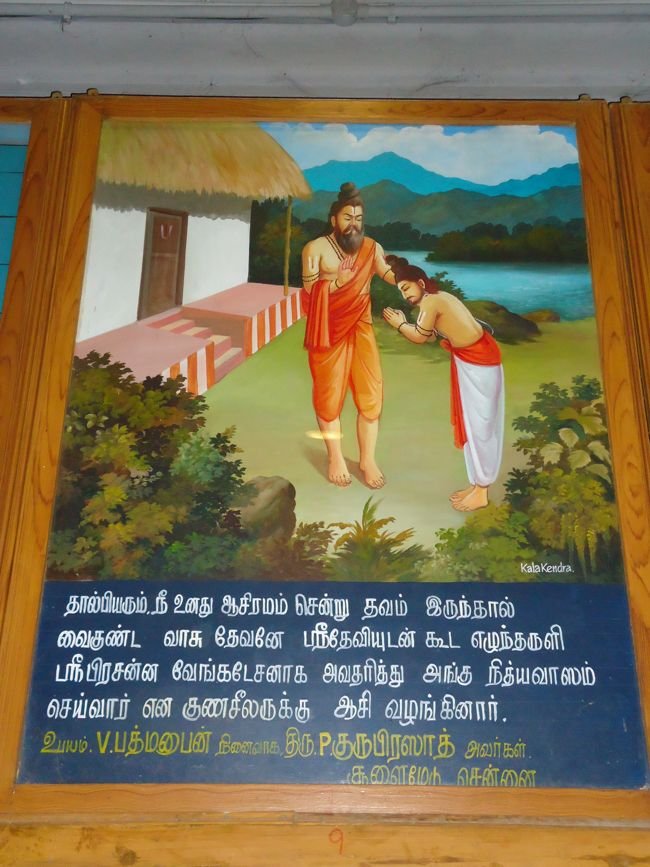
2020 has been extraordinary.
But we wanted to share the 10 reasons we are proud of 2020 by the S-Lab research group of @PICU_BCH & @BacrUob @unibirmingham
AND to say a HUGE 'thank you' to everyone who has made this possible #teamscience #PedsICU #2020


Hussin Albargi @AlBaRqi14 (PhD student: paediatric prehospital cardiac arrest)
Mirjam Kool @mirjam_kool (ACF – post-arrest #TTM Intra-arrest physiological monitoring @ILCOR) & 1st publication! https://t.co/9PIOYh8hub
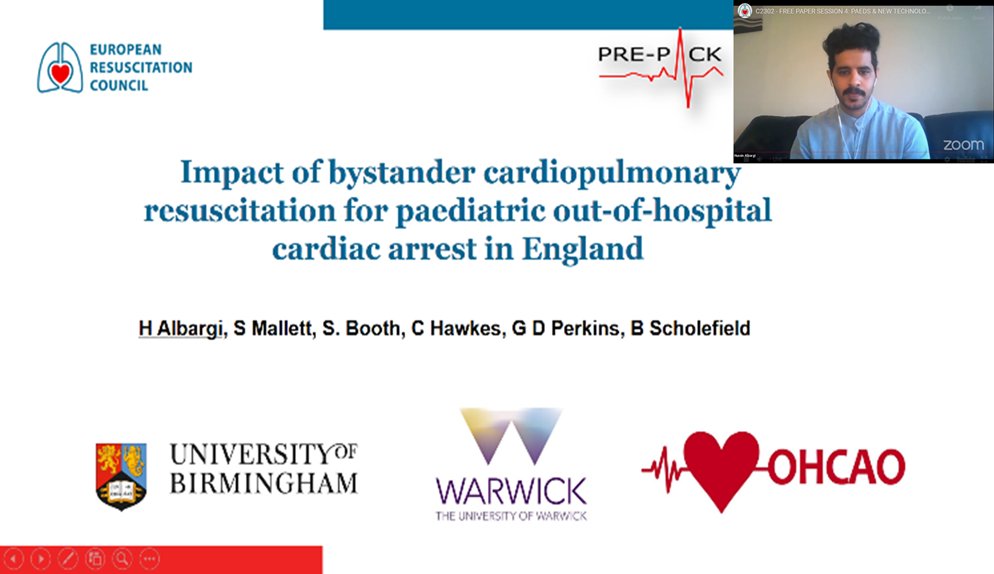
d. Trystan Gruffydd @TrystanGruffydd (BMedSci student – GCS prognostication post-TBI @ISPNeurosurgery ). & many more stars of the future

Helped co-ordinate UK @PICSociety involvement in #NIHR & UK #COVID19 / #PIMSTS research. Local PIs to @GenomiccStudy @RecoveryICU
https://t.co/XfdUtytsqI
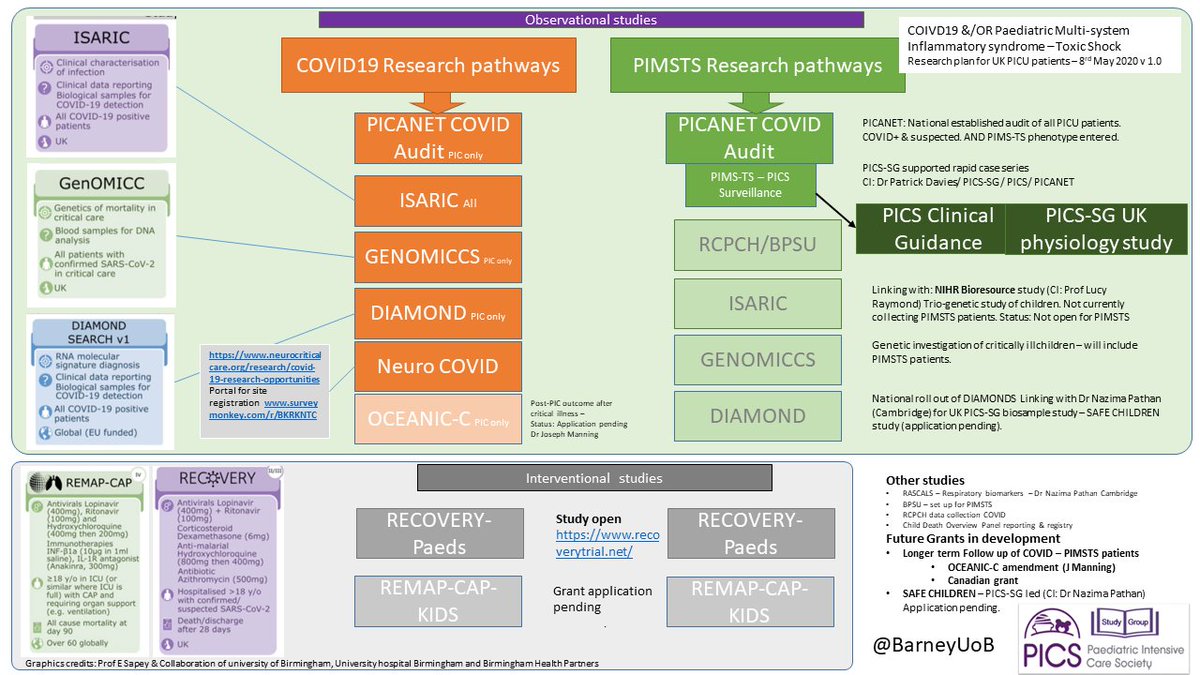
Chaired #PIMSTS @BWC_NHS MDT research group – awesome commitment and dedication from the whole paediatric acute care research team!
Collaborated in #COVID19 guidance for @ESPNIC and shared with colleagues in India, USA and wider world via multiple @PICSociety webinars and @JohnsHopkins https://t.co/sbS88ut9TD
https://t.co/SraMJi0BP6
https://t.co/OYJ7ydX35N
https://t.co/6HxD9zI8rQ
https://t.co/CM5slPOQQC
https://t.co/UJkjKtu269
@RowberryTracey Leads the @ESPNIC_Society #Whatseizure? EU wide exploring of #qEEG #aEEG practice - still time left to reply!
Shared implementation of bedside #qEEG monitoring @PICU_BCH https://t.co/KEfgJU8yeb
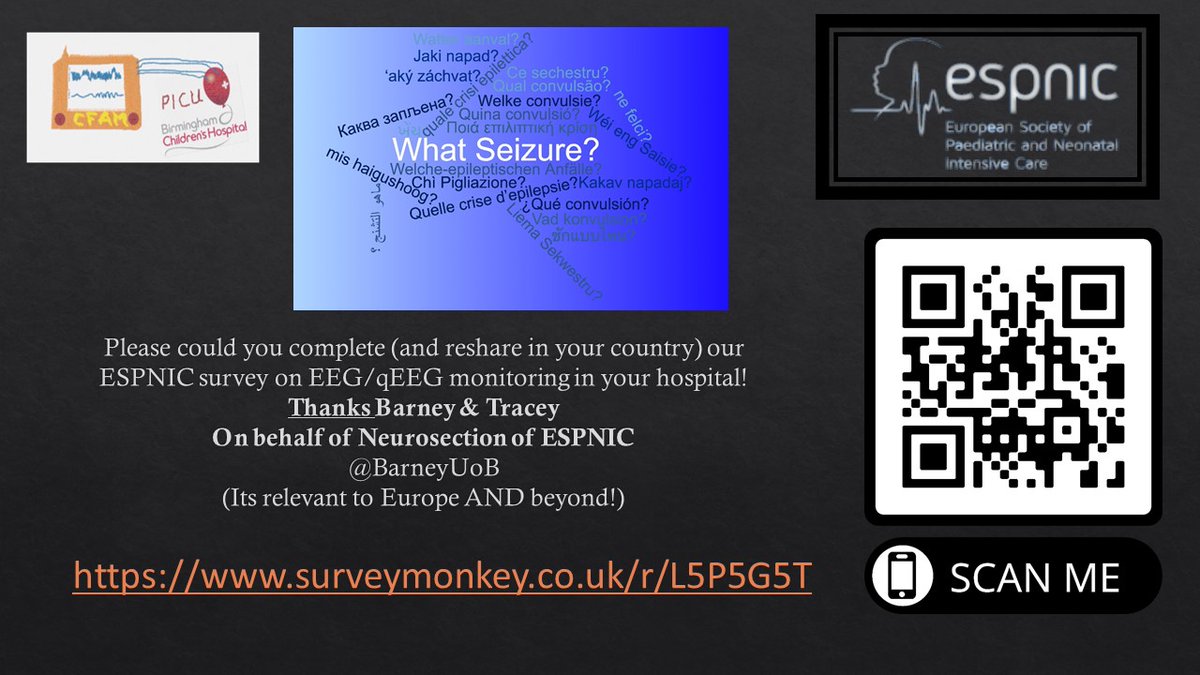
@WillMcDevitt1 & @bch_neurophys questioned the role of SSEPs in #postarrestcareinkids https://t.co/a6XsX6AaiU

#NEUROPACK nearly complete! Prognostic uncertainty in #PostArrestCareinKids https://t.co/9ss0Rs5mbh
#PREPACK study with @WarwickCTU exploring the impact of bystander CPR
#NAP7 @NAPs_RCoA CA during critical care transport, with @jas_soar

Delivered @NIHRresearch funded @PermitStudy multicentre 14 site prospective study, feasibility assessment, PERMIT intervention development and now ready for Phase 3 in 2021 & publications++


Travelled the virtual #pedsicu world to share S-Labs work @EAPSCongress @ERC_resus @Ilcor_org @PICSociety @icurehab @WFPICCS #pedsicu #icurehab conferences
Exploded twitter with #BCHNEURO20 x2 talks DM to @drzaf_pic!]

https://t.co/1SkxkuiXuT

A brilliant #pedsicu book, and an invalulable (free!) app https://t.co/sN1fYkCseq
https://t.co/p0SOAGy4qW

#COVID19 #vaccinate #NeverForgotten
https://t.co/ULlramDlF6
and share with you the S-Lab group publication list
https://t.co/IMWQJDY1Gu

Collaborations always welcome! @BarneyUoB
Keep safe all & #BeKind
Credits:@charliemackesy

More from Health
On 18.12.2020, computer engineer @FitTuber shared @YouTube video titled "10 Safe & Useful Ayurvedic Tablets to Replace Allopathic Pills (Instant Relief)". The drugs he promoted were by @baidyanathgroup, not sure if it was paid promotion. I bought them:
https://t.co/w6Sh2pMvJf
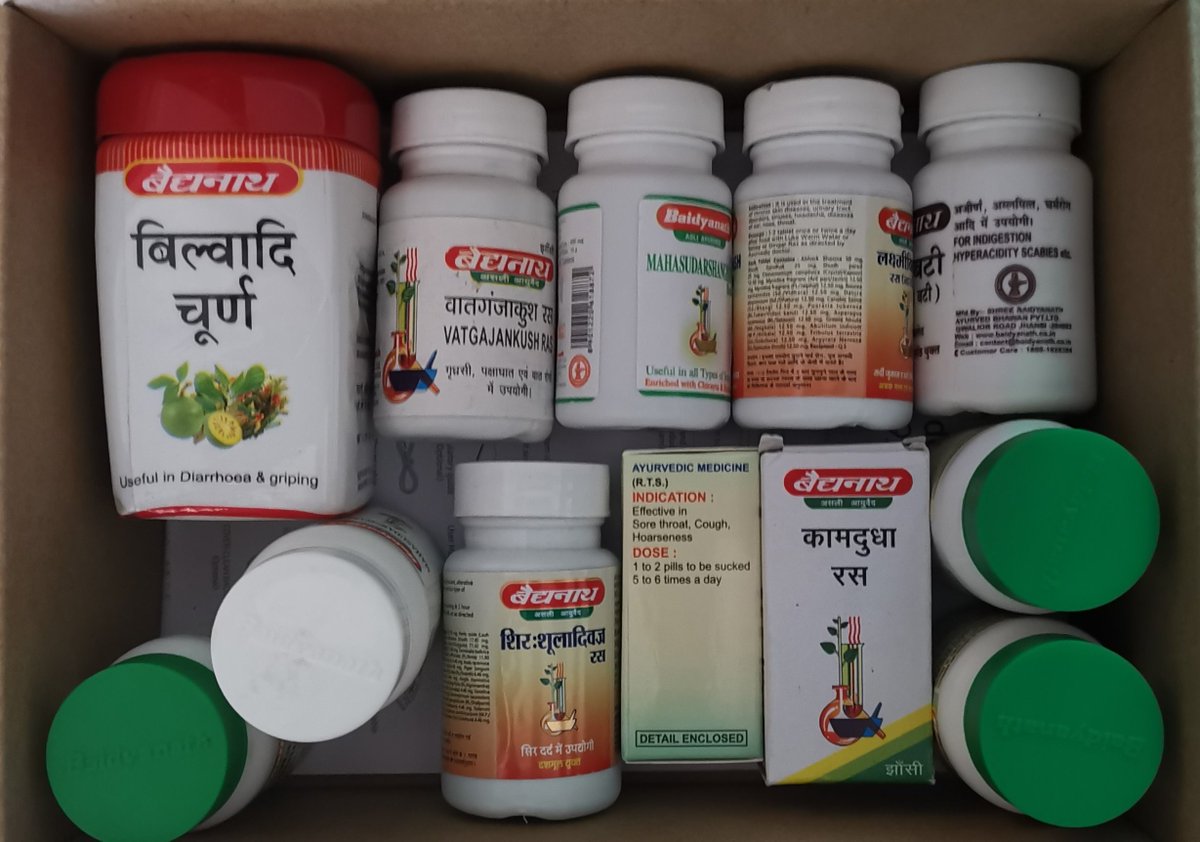
10 drugs, details, batch numbers R given in pic👇. All by @baidyanathgroup exept 1 by https://t.co/tg46sBhJr2
We did GCMSMS, ICP-OES and FTIR analyses on these samples. Here are my 10 safer modern medicine alternatives 2 @FitTuber's untested, potentially harmful #Ayurvedic drugs
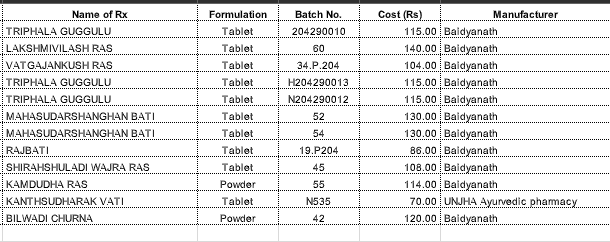
Kanthsudharak Vati by Unjha Pharma
@FitTuber: 4 sorethroat, cold, cough
Analysis: Lead 0.54 mg/kg, Cadmium 0.4 mg/kg, Thallium 0.71 mg/kg and industrial phenols.
Low values, but not ideal.
Safe alternative: Levocetrizine & non-sedative cough syrup Levodropropizine

Baidyanath Rajbati
@Fittuber: for bloating, gas
Analysis:
Mercury 1.2 mg/kg
Arsenic 2.25 mg/kg
Male anabolic hormone - hydroxy testosterone+
Curcumin
Talc powder
Safer alternative: activated charcoal+simethicone (non-absorbed, no side effects) or short course esomeprazole.

Baidyanath Bilwadi Choorna
@Fittuber - 4 diarrhoea
Analysis
Thallium 3.68 mg/kg
[fun fact: 10-15 mg/kg is lethal dose for humans. Death can occur at lower dosages] https://t.co/9ozOKROhCK
Fenretinide - synthetic anti-cancer drug
Liver toxic chromium phosph.
Safer: Racecadotril

https://t.co/w6Sh2pMvJf

1
— (Cyriac) Abby Philips (@drabbyphilips) December 31, 2020
I followed @FitTuber advise and got all these #Ayurveda medicines which he outright claimed are '#safer', ''#effective' than conventional prescription drugs for day to day use. These will be tested for #safety first - will undergo GCMSMS, ICP-OES and FTIR analyses.#MedTwitter pic.twitter.com/IS2KrtsoO8
10 drugs, details, batch numbers R given in pic👇. All by @baidyanathgroup exept 1 by https://t.co/tg46sBhJr2
We did GCMSMS, ICP-OES and FTIR analyses on these samples. Here are my 10 safer modern medicine alternatives 2 @FitTuber's untested, potentially harmful #Ayurvedic drugs

Kanthsudharak Vati by Unjha Pharma
@FitTuber: 4 sorethroat, cold, cough
Analysis: Lead 0.54 mg/kg, Cadmium 0.4 mg/kg, Thallium 0.71 mg/kg and industrial phenols.
Low values, but not ideal.
Safe alternative: Levocetrizine & non-sedative cough syrup Levodropropizine

Baidyanath Rajbati
@Fittuber: for bloating, gas
Analysis:
Mercury 1.2 mg/kg
Arsenic 2.25 mg/kg
Male anabolic hormone - hydroxy testosterone+
Curcumin
Talc powder
Safer alternative: activated charcoal+simethicone (non-absorbed, no side effects) or short course esomeprazole.

Baidyanath Bilwadi Choorna
@Fittuber - 4 diarrhoea
Analysis
Thallium 3.68 mg/kg
[fun fact: 10-15 mg/kg is lethal dose for humans. Death can occur at lower dosages] https://t.co/9ozOKROhCK
Fenretinide - synthetic anti-cancer drug
Liver toxic chromium phosph.
Safer: Racecadotril






















